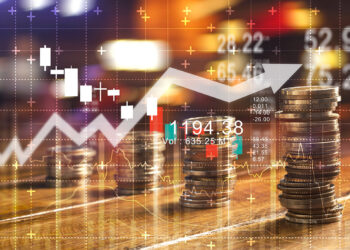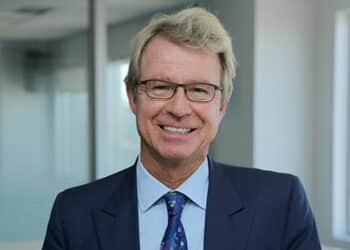September data from Global X has revealed a more detailed look at the ongoing gold rally in exchange-traded funds (ETFs), which has come as the Australian ETF market recently surpassed $300 billion in assets.
While the rally has been a persistent theme for some time, September marked the first instance this year that gold, as an ETF category, secured a spot in the top five for inflows. Investors added $308 million to physical gold ETFs during what was the strongest single month of inflows ever recorded for ASX-listed physical gold funds.
Global X described this as a “remarkable milestone” given the first gold ETF was listed 20 years ago.
The alternative asset has now joined the likes of traditional favourites, including global shares, Australian shares, and Australian fixed incomes in the ETF landscape.
Speaking to InvestorDaily, Global X investment strategist Billy Leung attributed the resurgence in popularity of physical gold ETFs to investors revisiting the debasement trade amid rate cuts and broader policy uncertainty.
Leung noted that while it’s “hard to predict” if this category could surpass traditional inflow leaders, “demand for real assets like gold could remain strong if central banks continue expanding balance sheets and geopolitical risk stays elevated”.
Regarding returns, the Betashares Global Miners ETF (Hedged) (MNRS) topped both monthly and year-to-date performance charts – with 22.6 per cent and 119.6 per cent, respectively.
Beyond gold, Global X data showed investor interest has well and truly extended to other precious metals, such as silver – which also recorded record inflows. Leung referred to this phenomenon as the “basket effect”, in which momentum in one metal spills over to others.
Adding to the broader backdrop supporting real assets and commodities, Leung credited industrial demand from electric vehicles and solar as strong contributions to silver’s investment case.
Looking forward, Leung said he anticipates that the sustained demand for precious metals will depend on evolving inflation expectations, the requirements of the energy transition, and changes in policy credibility.
“But precious metals should remain a useful hedge in diversified portfolios,” he said.
Also following the energy transition theme was the “surprise addition” of hydrogen ETFs among the top performers list for the month, with the Global X Hydrogen ETF (HGEN) closing in second place, returning 19.6 per cent.
Global X argued that HGEN’s success was largely driven by a surge in corporate deal making, particularly highlighting the artificial intelligence trend following industry player Bloom Energy’s new contract with data centre behemoth Oracle.
While Leung said it is currently “too early to say” if the hydrogen ETF rally represents a long-term trend, strategic partnerships between industrials and tech companies “could help sustain investor attention beyond the current cycle”.
Meanwhile, US equity inflows rebounded during the month, which Leung attributed to improved sentiment following the Fed’s initial rate cut and resilient earnings performance.
However, returns in this category were poor, particularly among the short equity funds – a common thread during market rallies – with Global X’s Ultra Short Nasdaq 100 Complex ETF returning -11.2 per cent.
He said while broader participation beyond the mega-cap tech stocks would be a positive sign for an improvement in returns for the category, ongoing political and trade risks could “inject volatility” as markets head into the new rate cut cycle and mid-term US election.
“For now, risk-on flows reflect cautious optimism rather than speculative excess,” he added.






